The tiny white flowers carry a pure beauty with their delicate grace in the vast tapestry of nature. These tiny flowers adorn the landscape with their elegant charm and irresistible appeal.
Everywhere, from dense forests to alpine meadows, the beauty of these 25 tiny white flowers fascinates those who admire them.
Different Types of Tiny White Flowers
Queen Anne’s Lace

Fittingly befitting its royal appellation, Queen Anne’s Lace, formally titled Daucus carota, features clusters of tiny white blooms that intricately form a flat, lace-like canopy.
Mexican Orange
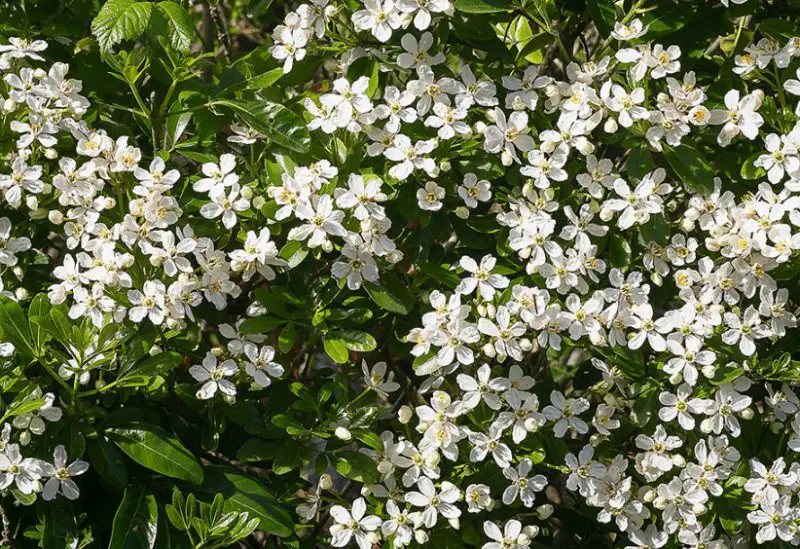
Mexican Orange, or Choisya in technical parlance, belies its name with gorgeous white blossoms. As they group together, these blossoms entice everyone they come into contact with with their alluring citrus scent. Despite its name, this plant has a beautiful scent and appearance that enhance any garden or landscape.
Sweet Autumn Clematis
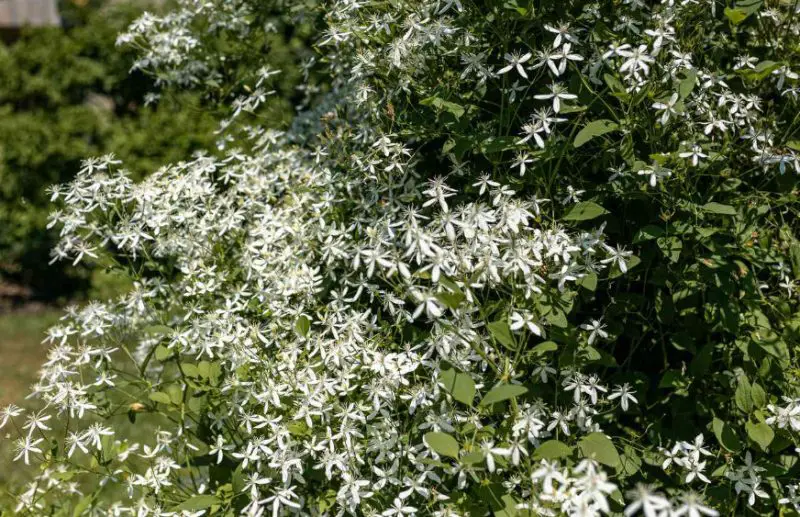
Sweet Autumn Clematis, also known as Clematis ‘Sweet Autumn’ in science, is a plant that thrives in gardens and produces an abundance of star-shaped white blooms. Clustered together, they provide the illusion of a fanciful blanket, adding charm and refinement to trellises and fences. Any outdoor area is enhanced by the ethereal beauty of this flowering vine.
Elderberry
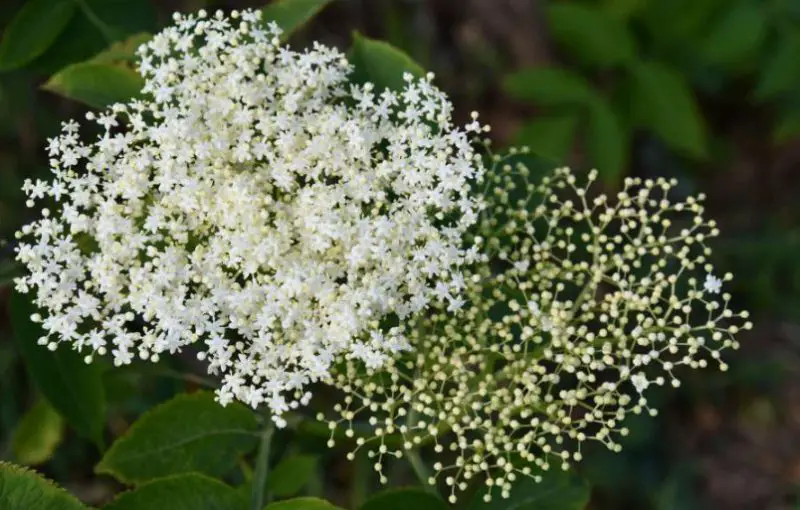
Scientifically known as Sambucus, elderberry is a plant with fragrant, spherical clusters of white flowers that resemble little fireworks. These blooms give a compelling attraction to both gardens and landscapes with their stunning contrast against its dark foliage.
Lace Flower
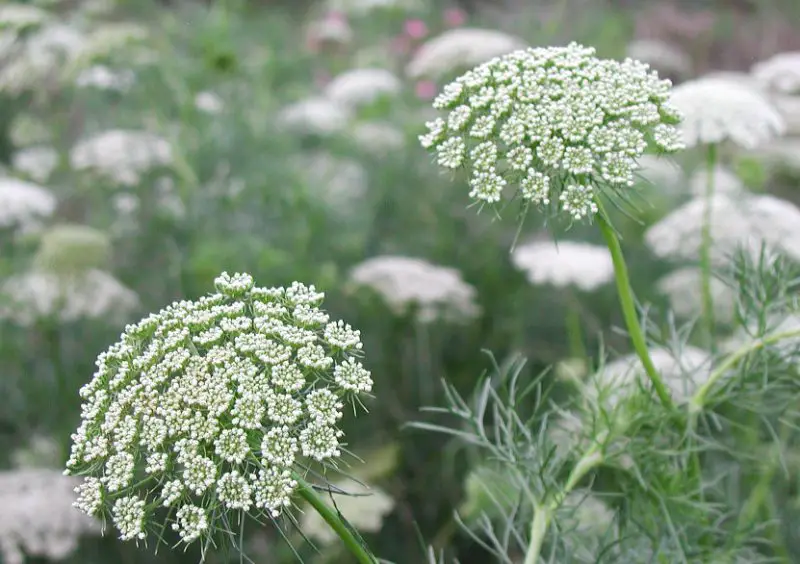
The Lace Flower, officially known as Orlaya grandiflora, adds sophistication and grace to any floral arrangement with its exquisite display of little white blooms arranged in dome-shaped clusters. Its elaborate blossoms exude elegance and are ideal for bringing out the beauty of gardens and bouquets alike.
Yarrow
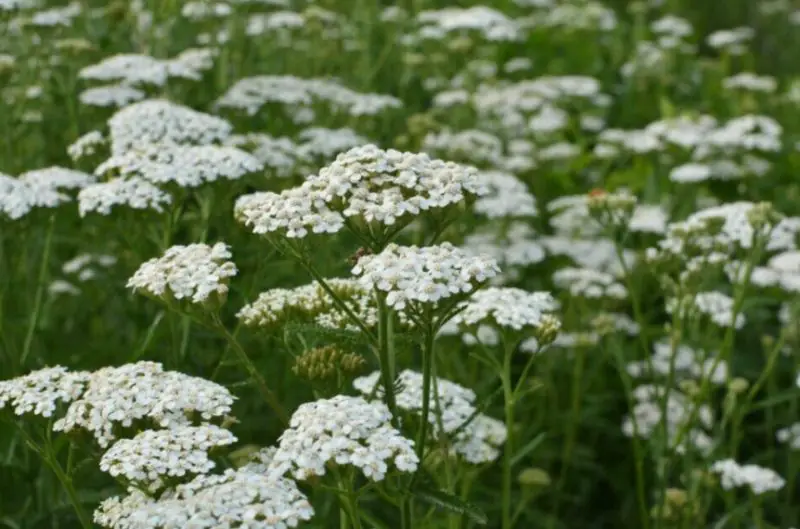
Yarrow, or Achillea millefolium as it is named in science, is a visually striking plant that has flat-topped clusters of small white flowers. Yarrow is important in gardens and herbal treatments because of its amazing therapeutic qualities, which go beyond its visual appeal.
Star Jasmine
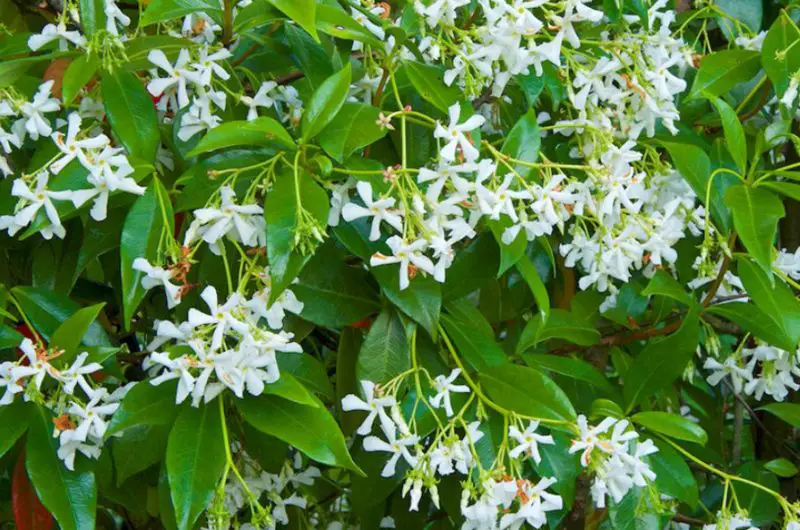
The scientific name for star jasmine is Trachelospermum jasminoides, and it has pinwheel-shaped white blooms that are closely grouped together and release an enticing smell. These star-shaped blooms dazzle everyone they come into contact with with their beauty and smell.
Water Hawthorn
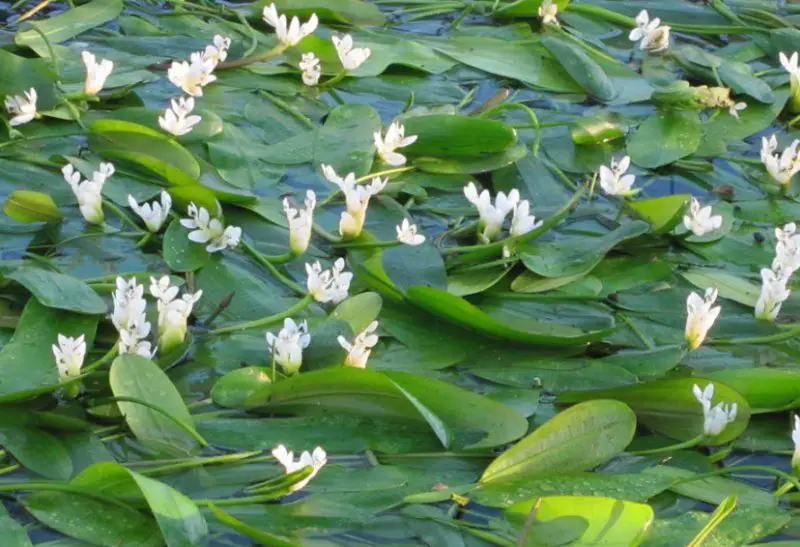
Aponogeton distachyos, or water hawthorn, is a plant that fascinates with its lone, floating clusters of pure white blossoms. Not only do these flowers bring beauty to the water’s surface, but they also release a lovely scent that elevates any aquatic setting.
Snowdrops
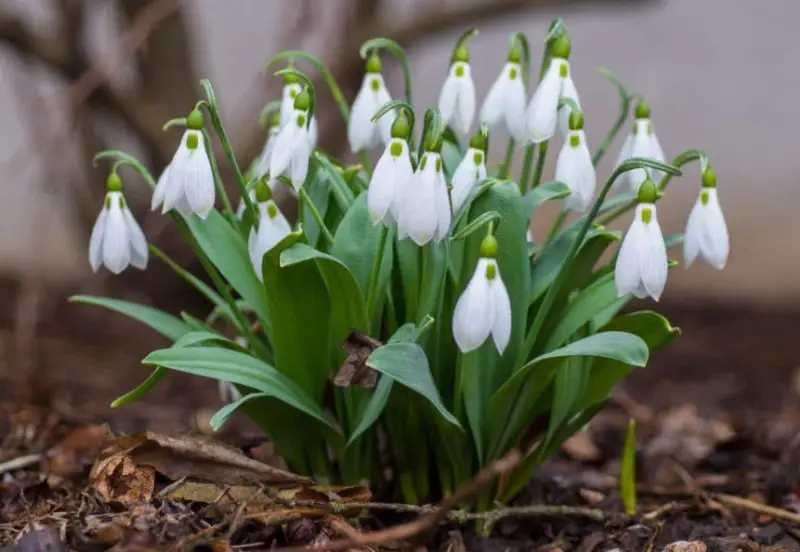
Snowdrops, or Galanthus nivalis as they are formally called, are little, bell-shaped white blooms that fall in beautiful clusters to signal the approach of spring. Purity-symbolizing, they bring optimism and rejuvenation to a garden weary of winter and hint at better days to come.
Baby’s Breath
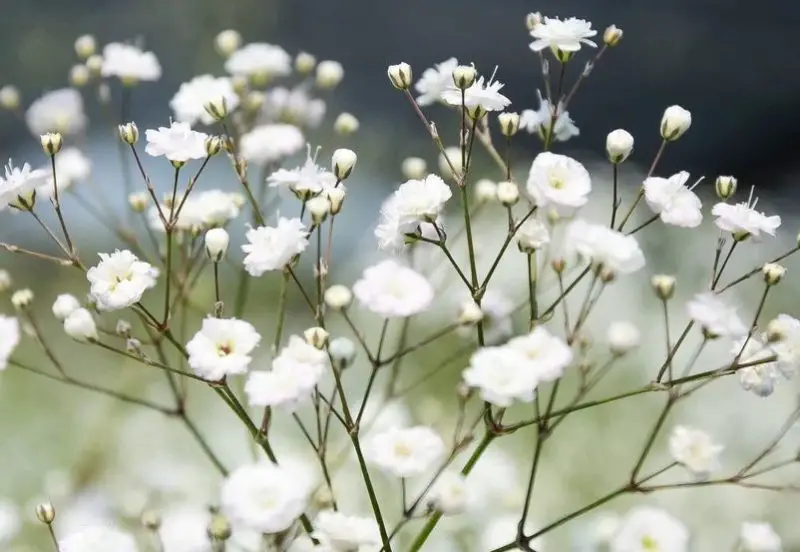
With its fragile white blooms grouped together, Baby’s Breath, formally known as Gypsophila paniculata, represents ethereal beauty. Its little blossoms, which are frequently included in bouquets and arrangements, provide an airy, dreamy background while enticing the senses with their delicate beauty.
Sweet Alyssum
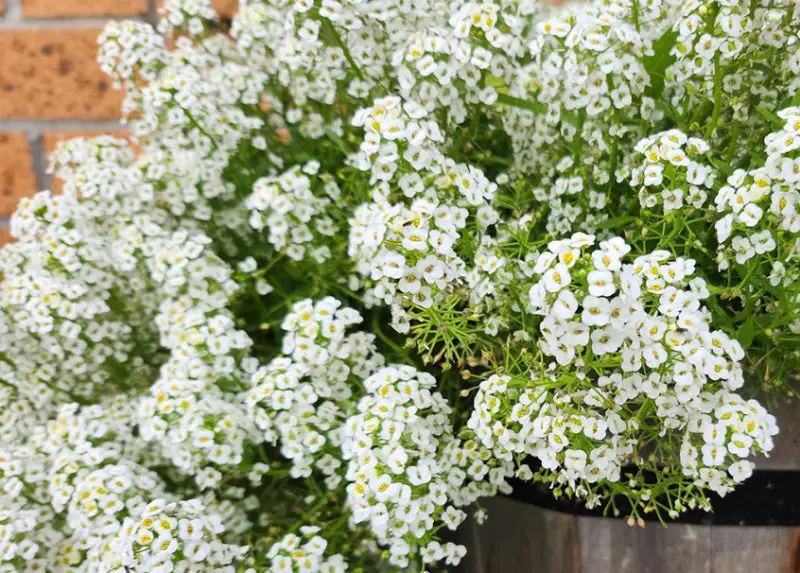
Sweet Alyssum, or Lobularia maritima in scientific parlance, is a garden accent plant that produces little, snow-like clusters that smell deliciously of honey. With its delicate beauty and pleasant scent, this endearing plant instantly uplifts the spirits of anybody who comes into contact with it. It is ideal for beautifying walks and borders, giving off a warm, inviting vibe.
Meadowsweets
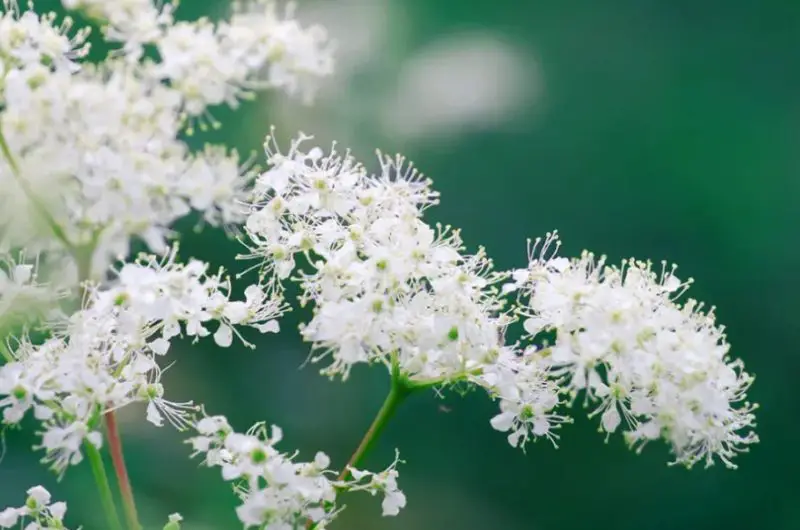
Meadowsweets, or spirilla in scientific parlance, present frothy plumes of tiny, creamy-white blossoms that create an enthralling sight akin to an English meadow. Known for their delightful scent, these flowers instill adoration in everyone they come into contact with by lending a sense of refinement and organic appeal to any garden or setting.
Cow Parsnip
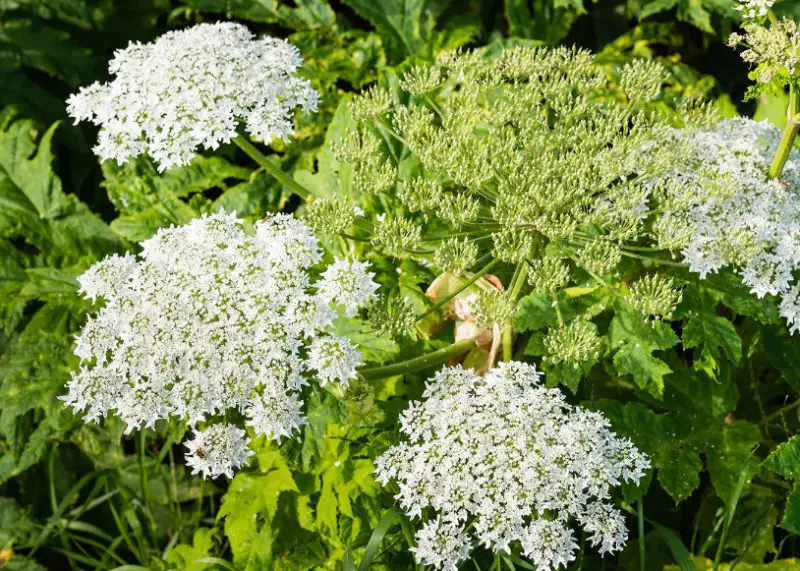
Heracleum maximum, formally known as cow parsnip, has huge, umbrella-like clusters of white blooms that make a statement in the garden. Cow Parsnip’s statuesque height gives the environment a dramatic flair and vertical interest that enhances its visual appeal.
Wild Parsnip
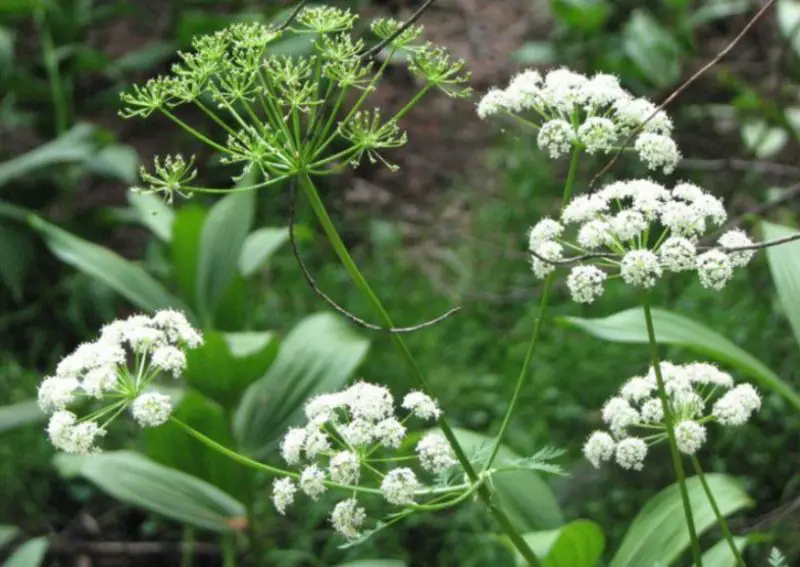
Ligusticum porteri, the scientific name for wild parsnip, is a plant that has flat, broad clusters of creamy white to pale yellow flowers. Despite the plant’s attractiveness, care should be taken because its sap can irritate skin when it comes into touch with it.
Pignut

Conopodium majus, the scientific name for pignut, is a plant that adds a touch of airiness and lightness to wooded areas with its delicate white flower clusters.
Cow Parsley
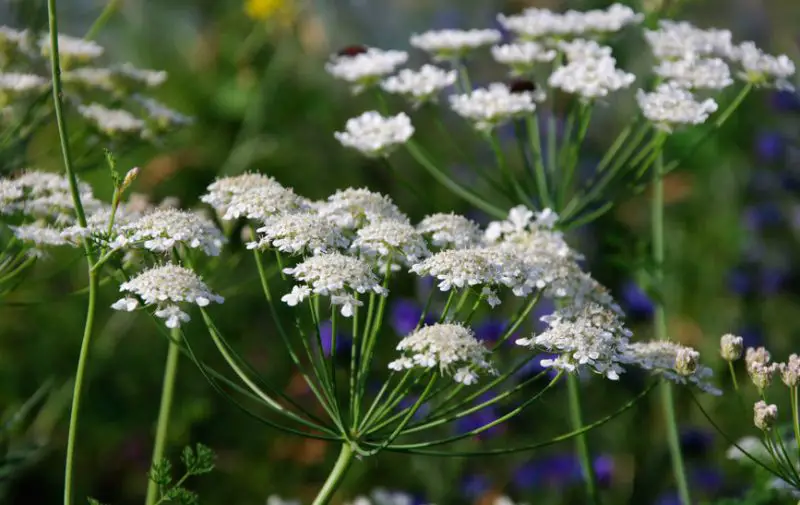
With its fluffy, umbrella-like clusters of white flowers, cow parsley, scientifically known as Anthriscus sylvestris, brightens fields and roadside areas. Wherever they grow, these delicate blooms evoke a feeling of whimsy and nostalgia, lending a charming, cottage-garden charm to any scene.
Water Hemlock
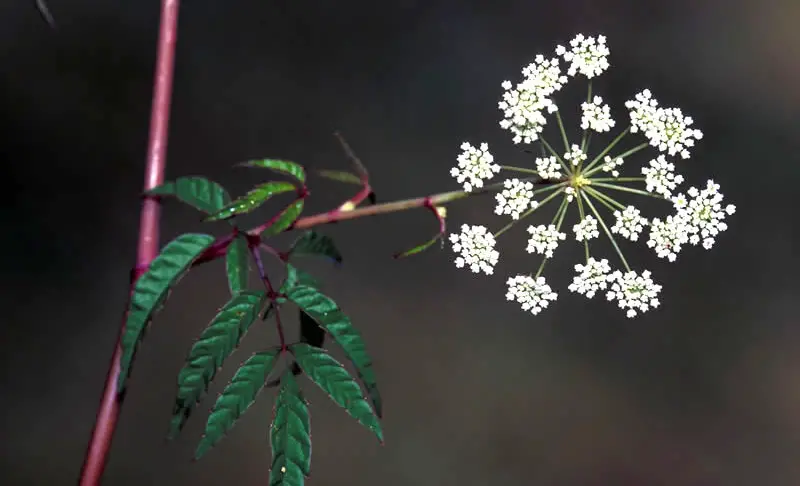
Water hemlock, or Cicuta douglasii in scientific parlance, is known for its tiny white blossoms that are grouped in umbrella-like fashion. The fact that water hemlock is extremely toxic despite its beauty highlights the contradictory nature of some of nature’s creations.
Giant Hogweed
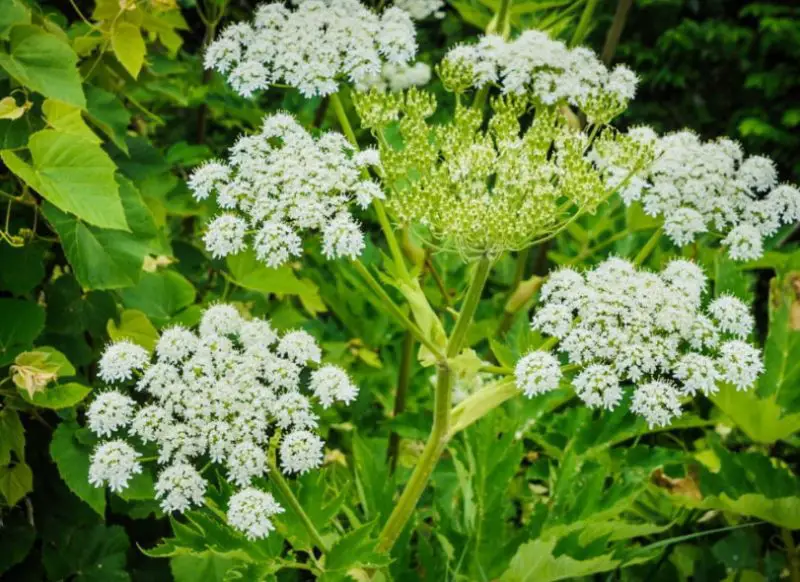
Heracleum mantegazzianum, the scientific name for giant hogweed, is characterized by massive, umbrella-shaped clusters of white flowers. Despite its stunning appearance, it should be handled carefully because it is considered a noxious weed, necessitating rigorous management and control techniques.
White Lace Euphorbia
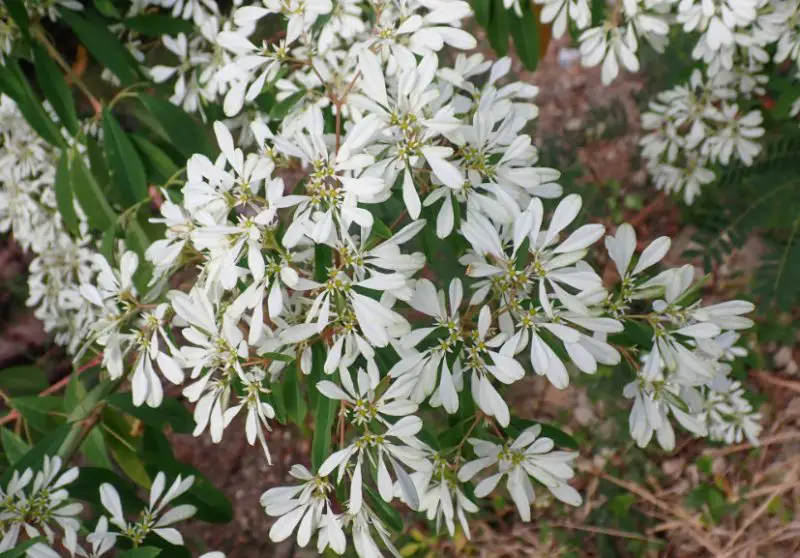
Euphorbia leucocephala, often known as White Lace Euphorbia, is a hardy perennial that is prized for its clusters of delicate white blossoms that appear to float above rich green foliage. These clusters generate beautiful lace-like patterns that can be used as a soft, textured backdrop in any garden setting, or as a spectacular centerpiece.
Snow-in-summer
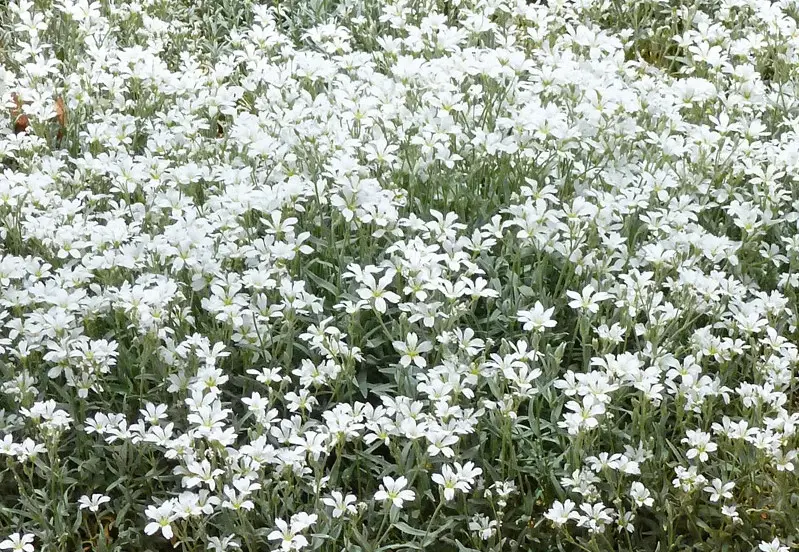
A sturdy perennial, Snow-in-Summer has an abundance of white blooms and silvery leaves. Its adaptability is seen in the way it grows in rock gardens, fills in spaces between garden pavers, and highlights border borders. It is a beloved element of alpine landscapes, hardy down to zone 3, and thrives in full sun and well-draining soils.
Serviceberry
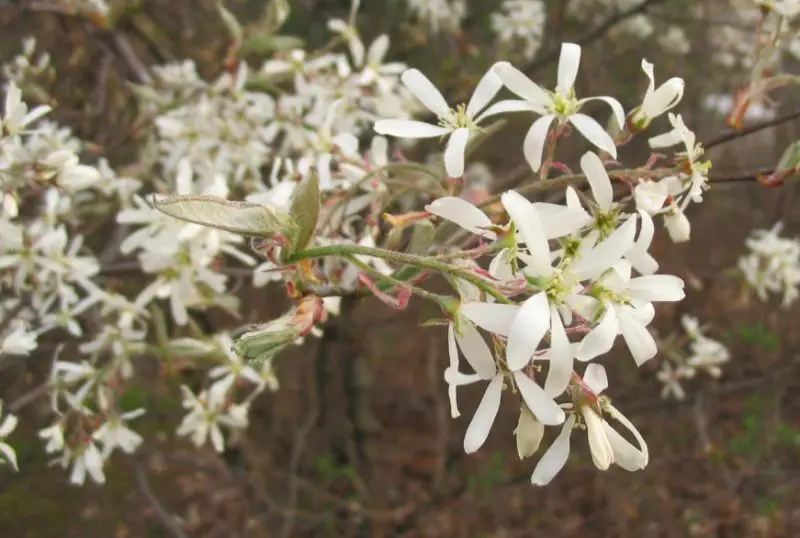
A member of the Amelanchier genus, serviceberry is characterized by its small, white, five-petaled flowers that resemble apple blossoms. A delicate touch is added to the tree’s beauty by the racemes, or elongated clusters of blossoms, which hang down the tree in a drooping manner.
Dogwood
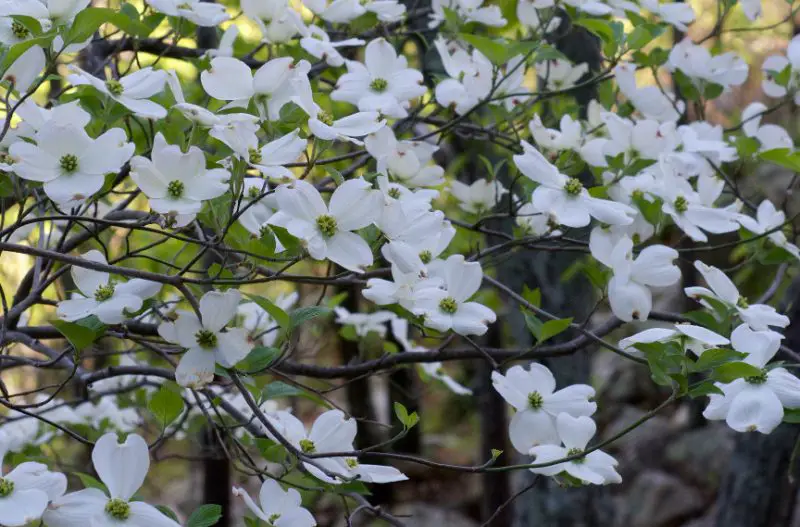
The genus Cornus includes dogwood, which has blossoms with four huge white bracts encircling a cluster of small, real flowers in the middle. The real blooms are tightly crowded at the center, surrounded by the four white bracts, creating an eye-catching show thanks to this unusual arrangement.






